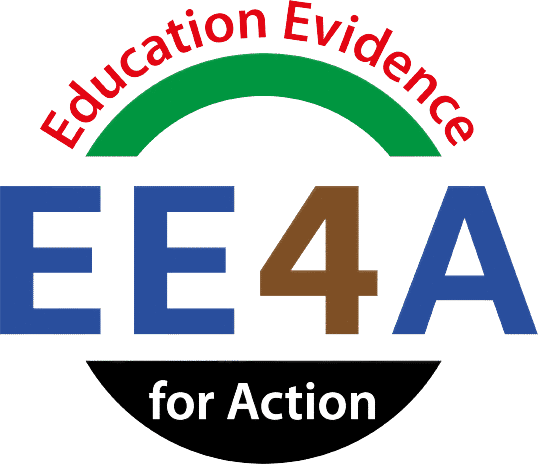| There is limited understanding of how the institutional and contextual aspects of education systems influence the leadership and impact of the middle tier. We define the ‘middle tier’ as the structures, professionals and processes at the mid-level of education systems. These depend on each country context but include designations such as regions, districts, wards, circuits and clusters. This recent paper (2024) provides insights from primary research in South African on the interactions between middle tier practices and institutional and contextual factors, which include issues such as resourcing, data use, clarity of roles and responsibilities, and governance structure, to name a few. These were based on a framework developed in recent a paper undertaken as part of broader work on the middle tier with UNESCO IIEP. Importantly, this study explicitly explored the role of gender, given there is very little known about women’s role and the challenges they face at the middle tier. We discuss findings generated from a mixed-methods approach that included surveys and key informant interviews with school and middle tier professionals across several provinces. The contextual factors we identified are primarily political, economic, socio-historical and geographic, while institutional elements focus on the structure of the middle tier, their resourcing and capacity, and aligning policies and local incentives. One clear finding suggested that there are competing priorities across different levels (primary versus secondary) and complex issues, such as linguistic challenges at transition points (upper primary to secondary), that create bottlenecks for middle tier professionals trying to support curriculum delivery. The paper concludes by outlining institutional enablers for a more effective middle tier. An example includes providing more circuit-based instructional support so that the middle tier is more localized and closer to schools. Harnessing technology for remote support can be used to supplement when middle tier capacity is stretched. |
Related Posts
2025 Biennial Conference Venue
At EE4A, our purpose is to bridge the gap between research evidence and decision-making in the education sector. We strive to create an evidence ecosystem that empowers education stakeholders with relevant and reliable evidence to inform policy and action.
Copyright © 2025 – Education Evidence for Action
